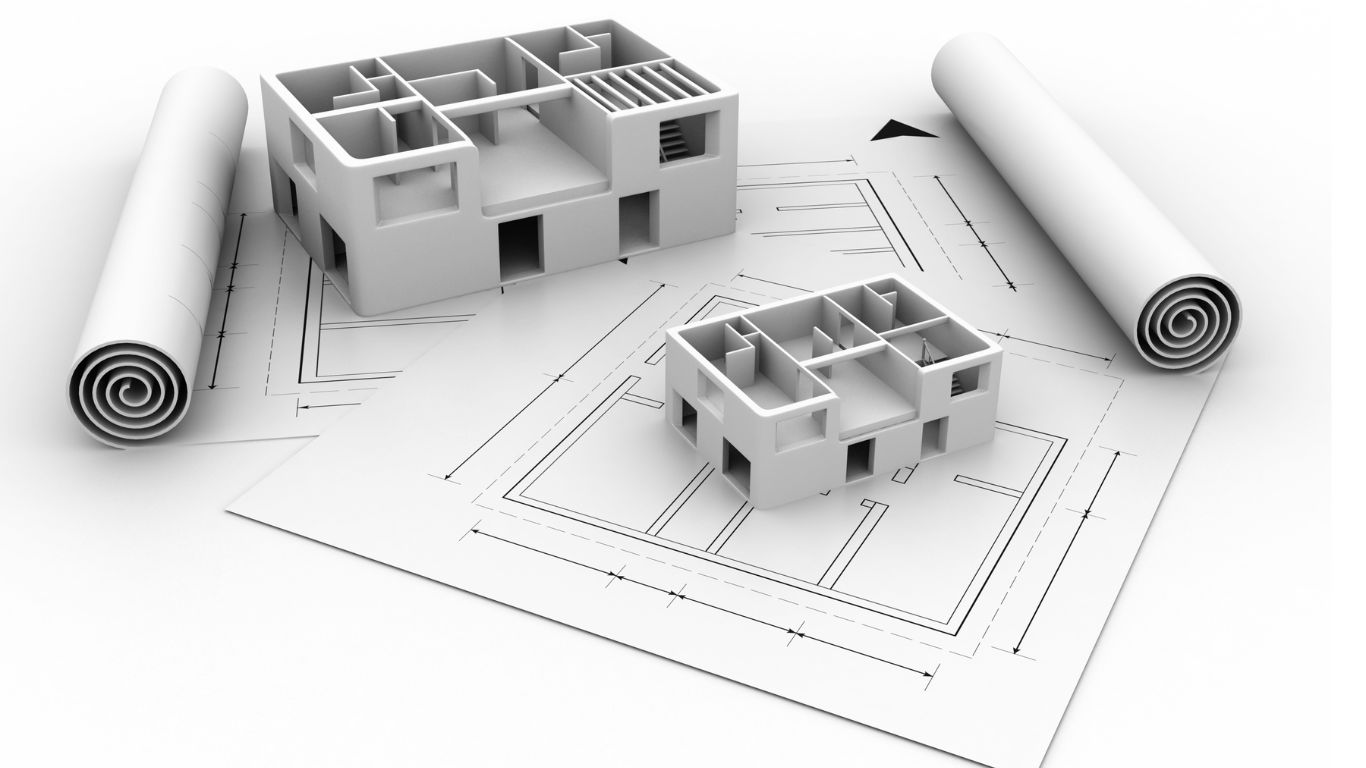The field of architecture in India is undergoing rapid transformation, driven by technological innovations, environmental concerns, urbanization, and evolving societal needs. Emerging trends are reshaping how architects conceptualise, design, and construct spaces, pushing the boundaries of creativity and sustainability.
Understanding these trends is crucial for current architecture students and professionals who aim to stay relevant and make impactful contributions to the built environment.
Sustainable and Green Architecture
Environmental sustainability has become a core focus in architectural practice. With rising awareness about climate change, architects are prioritising eco-friendly designs that minimise environmental impact.
Key features include:
- Use of renewable energy sources like solar and wind.
- Energy-efficient building envelopes and materials.
- Rainwater harvesting and water recycling systems.
- Green roofs and vertical gardens.
- Maximising natural light and ventilation.
Building certifications like LEED (Leadership in Energy and Environmental Design) and GRIHA (Green Rating for Integrated Habitat Assessment) are gaining importance.
Smart Buildings and Intelligent Design
The integration of technology into architectural design is redefining how buildings operate and interact with their occupants.
Smart buildings incorporate:
- IoT (Internet of Things) devices for automated lighting, HVAC systems, and security.
- Smart meters for energy monitoring and efficiency.
- Responsive environments that adjust settings based on occupancy and user preferences.
Such intelligent systems enhance user comfort, reduce operational costs, and promote energy conservation.
Prefabrication and Modular Construction
Prefabricated and modular construction techniques are becoming popular for their speed, efficiency, and cost-effectiveness.
Advantages include:
- Reduced construction time.
- Lower labour costs.
- Improved quality control.
- Lesser construction waste.
Prefabricated housing solutions are especially being explored for affordable housing projects and disaster-resilient structures.
Adaptive Reuse and Conservation Architecture
With urban land becoming scarce, adaptive reuse—repurposing old buildings for new functions—is gaining traction. This trend conserves resources, preserves cultural heritage, and revitalises urban spaces.
Examples include:
- Converting mills into museums.
- Transforming colonial-era buildings into boutique hotels.
- Renovating heritage structures for modern uses.
Conservation architects play a vital role in maintaining the balance between modern needs and historical integrity.
Parametric and Computational Design
Parametric design leverages algorithms and computational tools to create complex, organic forms that would be difficult to achieve manually.
Features include:
- Dynamic design evolution based on set parameters.
- Optimised structures with innovative aesthetics.
- Use of software like Grasshopper, Rhino, and Revit Dynamo.
This approach allows architects to experiment with fluid, futuristic designs that are both functional and visually striking.
Sustainable Urban Planning
Urbanisation is reshaping India’s cities, leading to a renewed focus on sustainable urban planning.
Emerging trends in urban design include:
- Mixed-use developments that integrate residential, commercial, and recreational spaces.
- Transit-oriented development (TOD) to reduce car dependency.
- Inclusion of green corridors and public open spaces.
- Smart city projects promote digital infrastructure and sustainable mobility.
3D Printing in Construction
3d printing technology is revolutionising the construction industry by enabling the fabrication of entire building components layer by layer.
Advantages of 3D printing include:
- Faster construction timelines.
- Customisation of designs.
- Reduced material wastage.
In India, initiatives like 3D-printed houses by IIT Madras demonstrate the potential of this technology for affordable housing.
Emphasis on Wellness and Biophilic Design
Post-pandemic, there is an increased emphasis on designing spaces that promote health and well-being.
Biophilic design principles integrate natural elements into built spaces, enhancing:
- Air quality.
- Natural lighting.
- Psychological well-being.
Features such as indoor plants, natural materials, water bodies, and nature-inspired forms are being incorporated into homes, offices, and public spaces.
Resilient and Disaster-Resistant Design
Given India’s vulnerability to earthquakes, floods, and cyclones, architects are focusing on resilient design strategies.
Key elements include:
- Structural systems are designed for seismic resistance.
- Elevated plinths and flood-proof structures.
- Use of locally available resilient materials.
Disaster-resistant architecture ensures safety, minimises damage, and facilitates quicker recovery.
Role of Women and Inclusivity in Architecture
The architecture profession in India is witnessing greater participation from women and underrepresented groups. Inclusivity in design and workplace practices is shaping the future of architecture.
Architects are now designing spaces that are:
- Accessible to people with disabilities.
- Gender-sensitive.
- Inclusive of marginalised communities’ needs.
This trend is fostering social responsibility within architectural practice.
Digital Visualisation and Virtual Reality (VR)
Visualisation technologies like Virtual Reality (VR) and Augmented Reality (AR) are transforming architectural presentations.
Applications include:
- Virtual walkthroughs for clients.
- Real-time design simulations.
- Enhanced client-architect collaboration.
Firms investing in digital visualisation gain a competitive edge by offering immersive design experiences.
Summary Table of Emerging Trends
| Emerging Trend | Key Features |
|---|---|
| Sustainable Architecture | Green materials, energy efficiency |
| Smart Buildings | IoT integration, automation |
| Prefabrication | Fast, cost-effective construction |
| Adaptive Reuse | Revitalisation of old structures |
| Parametric Design | Computational creativity |
| Sustainable Urban Planning | Smart cities, TOD |
| 3D Printing | Rapid prototyping and construction |
| Biophilic Design | Nature-inspired healthy spaces |
| Resilient Design | Disaster-proof structures |
| Digital Visualization | VR, AR, and immersive presentations |
Architecture in India is evolving in response to environmental, technological, and societal shifts. Emerging trends reflect a collective move towards sustainable, intelligent, and inclusive design practices.
For aspiring and practising architects, staying updated with these trends, mastering new technologies, and embracing innovation are critical to shaping resilient, vibrant, and future-ready spaces for the generations to come.
